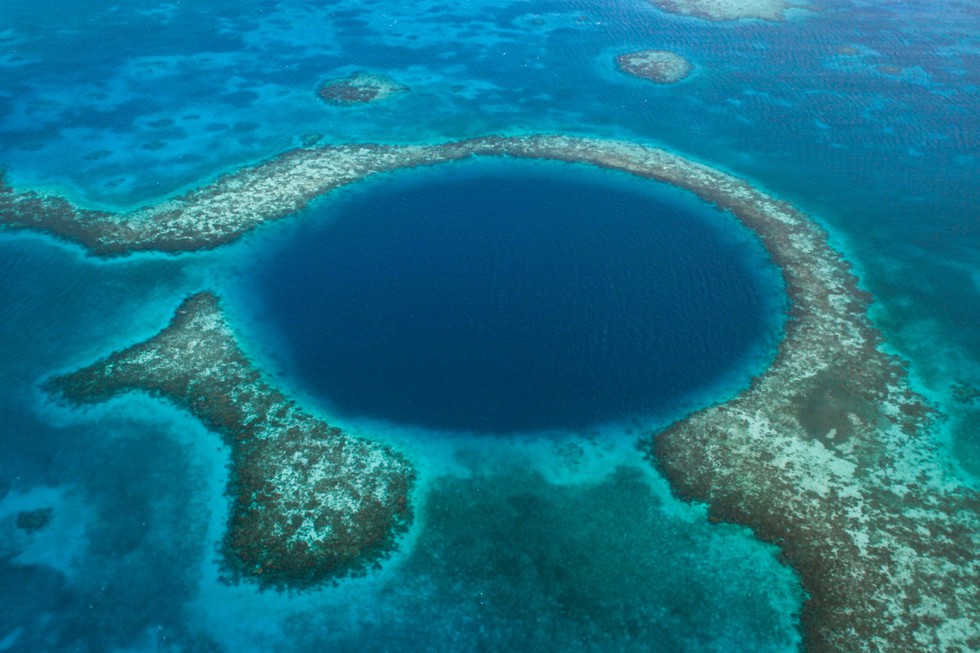
What is a Blue Hole?
- They are water-filled vertical caverns, or sinkholes, found in coastal regions where the bedrock is made of soluble material, such as limestone, marble, or gypsum.
- They form when water on the surface percolates through the rock, dissolving minerals and widening cracks, which eventually causes the rock to collapse.
- Famous examples include Dean's Blue Hole in the Bahamas, the Dahab Blue Hole in Egypt, and the Great Blue Hole in Belize.
About Taam Ja' Blue Hole:
- It is the deepest known underwater sinkhole in the world.
- It sits in Chetumal Bay off the southeast coast of the Yucatan Peninsula in Mexico.
- It is 390 feet (119 m) deeper than the previous record holder— the 990-foot-deep (301 m) Sansha Yongle Blue Hole, also known as the Dragon Hole, in the South China Sea.
- Spread over an area of 13,660 square meters, the giant, underwater cavern has been named Taam Ja’ which means "deep water" in Mayan.
- The submerged blue hole has a nearly circular shape at its surface with steep sides that form a large conic structure covered by biofilms, sediments, limestone, and gypsum ledges.
Key facts about Yucatan Peninsula:
- It is a northeastern projectionof Central America, extending into the Atlantic Ocean.
- The Gulf of Mexico lies on its western and northern sides. The Caribbean Sea lies on its eastern side. The northern part of Yucatán is in Mexico. Belize and a part of Guatemala are in the south.
- The peninsula is almost wholly composed of beds of coralline and porous limestone rocks.
2. Acceptance Sampling

About Acceptance Sampling:
- It is a statistical measure used in quality control.It allows a company to determine the quality of a batch of products by selecting a specified number for testing.
- It tests a representative sampleof the product for defects. The quality of this designated sample will be viewed as the quality level for the entire group of products.
- The process involves first, determining the size of a product lot to be tested, then the number of products to be sampled and finally the number of defects acceptable within the sample batch.
- Products are chosen at random for sampling. It does not assure the quality of the complete set of products from which the sample is derived.
- Origin:
- Acceptance sampling in its modern industrial form dates from the early 1940s.
- It was popularized by Dodge and Romig and originally applied by the U.S. military to the testing of bullets during World War II.
- Need for Acceptance Sampling:
- A company cannot test every one of its products at all times.
- There may be too many to inspect at a reasonable cost or within a reasonable timeframe.
- Also, comprehensive testing might damage the product or make it unfit for sale in some way.
- Testing a small sample would be indicative without ruining the bulk of the product run.
3. 'Inflation Expectations Survey of Households' and 'Consumer Confidence Survey'
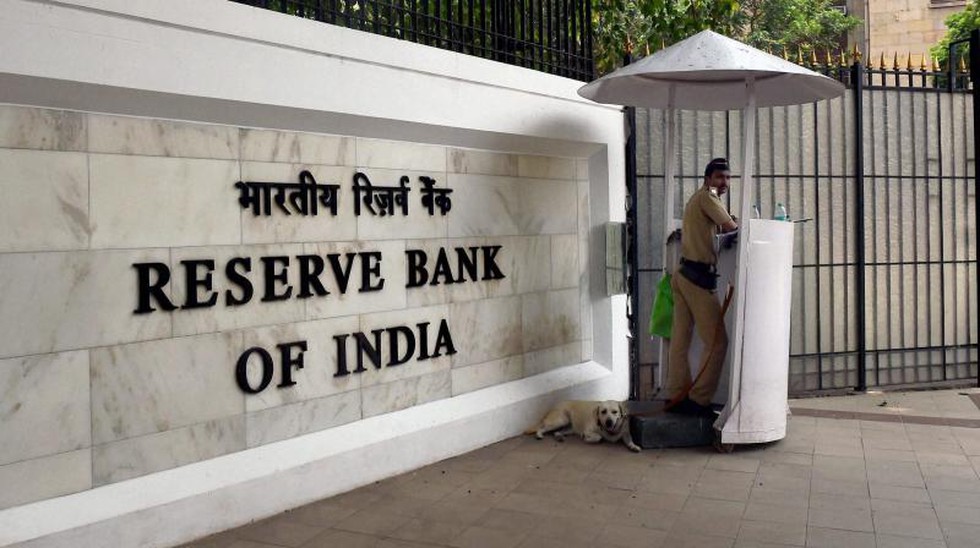
About 'Inflation Expectations Survey of Households' and 'Consumer Confidence Survey':
- They are launched by the Reserve Bank of India (RBI). They will provide useful inputs for the bi-monthly monetary policy.
- Inflation Expectations Survey of Households:
- It aims at capturing subjective assessments on price movements and inflation, based on their individual consumption baskets.
- This survey spans 19 cities, including Guwahati, Hyderabad, Jaipur, Kolkata, Lucknow, and Thiruvananthapuram.
- It seeks qualitative responses from households on price changes (general prices as well as prices of specific product groups) in the three months ahead as well as in the one-year ahead period.
- Additionally, it will collect quantitative data on current, three-month ahead, and one-year ahead inflation rates.
- Consumer Confidence Survey:
- It aims to gather qualitative responses from households regarding their views on the general economic situation, employment scenario, price levels, household income, and spending.
- This survey will also be conducted in 19 cities, including Ahmedabad, Bengaluru, Bhopal, Bhubaneswar, Chandigarh, Chennai, and Delhi.
4. Key Facts about Great Rift Valley
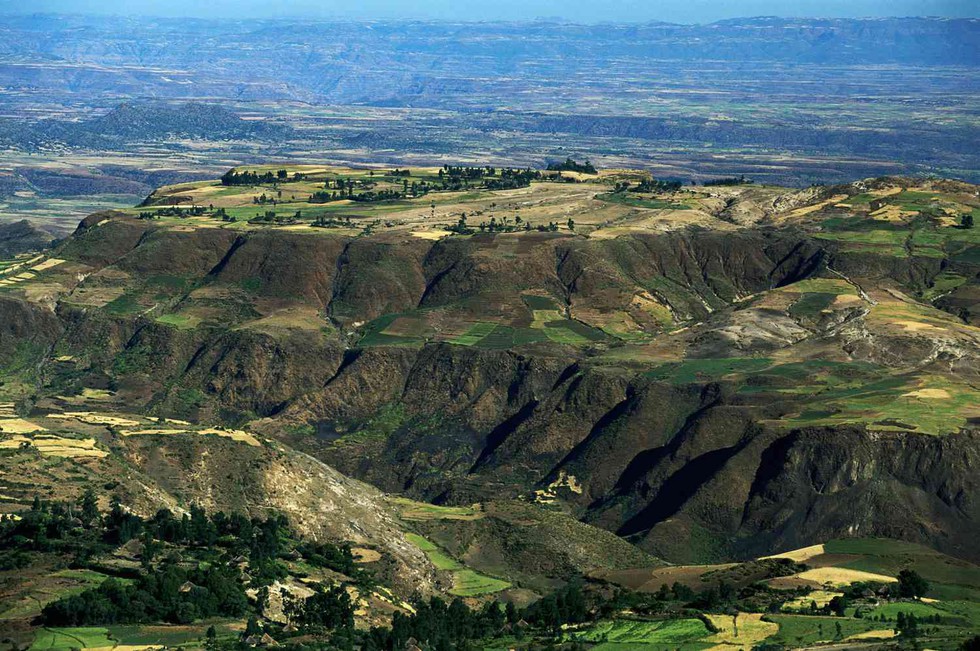
About Great Rift Valley:
- It is one of the most extensive rifts on Earth’s surface that runs along part of East Africa. It is part of a larger feature called the East African Rift System (EARS).
- It runs from Jordan in southwestern Asia to the coast of the Indian Ocean in central Mozambique.
- It runs across many countries: Eritrea, Djibouti, Ethiopia, Kenya, Tanzania, Uganda, Rwanda, Burundi, the Democratic Republic of the Congo (DRC), Malawi, Zambia, and Mozambique.
- Formation:
- The valley is situated in a region where three tectonic plates meet.
- It was formed about 40 million years ago when tectonic plates split and gave rise to the East African Rift.
- The area is geologically active and features volcanoes, hot springs, geysers and frequent earthquakes.
- A series of some thirty lakeslies along its length; the three largest in Africa are known as the Great Lakes and include Lake Tanganyika, the second deepest lake in the world, and Lake Victoria, the second-largest freshwater lake by surface area in the world.
- Many of Africa’s highest mountains—including Mount Kilimanjaro, Mount Kenya, and Mount Margherita—are in ranges fronting the Rift Valley.
What is a Rift Valley?
- A rift valley is a lowland region that forms where Earth’s tectonic plates move apart, or rift. They are found on land and at the bottom of the ocean, where they are created by the process of seafloor spreading.
- They differ from river valleysand glacial valleys in that they are created by tectonic activity and not the process of erosion.
5. Paradox of Savings

About the Paradox of Savings:
- It is also known as the paradox of thrift. It refers a rise in the savings rate of individuals can surprisingly cause a fall rather than a rise in the overall savings in an economy.
- This is in contrast to the general belief that a rise in individuals’ savings rates will cause a rise in overall savings in the economy. So even though savings may be good for an individual household, it is believed that it may not be good for the wider economy.
- The idea is part of the under-consumption theories of the business cycle, which attribute economic downturns to weak consumption and high savings.
- Origins of the theory:
- The concept was popularized by British economist John Maynard Keynes in his 1936 book, The General Theory of Employment, Interest and Money.
- Keynesian economists believe that higher savings is bad for the wider economy and that boosting consumer spending is the way to grow an economy.
- They argue that savings are invested by capitalists with the ultimate aim of selling their output in the form of final goods and services to consumers.
- So, if consumers fail to spend enough money on the output that capitalists bring to the market to sell, it can cause losses for capitalists and discourage further investment.
- On the other hand, a rise in consumer demand for final goods and services is expected to encourage people to save more and invest.
- Criticisms of the idea:
- Critics of the idea argue that saving more is not bad for the economy and that a fall in consumer spending does not actually cause a fall in investment.
- In fact, they argue that a fall in consumer spending leads to a rise in savings and investment.
- This is simply because any money that people don’t spend on consumer goods or hoard under their beds has to go towards their savings, which in turn gets invested.
- An increase in savings allows banks to lend more. This will make interest rates go down and lead to an increase in lending and, therefore, spending.
6. Salmonella

About Salmonella:
- It is a group of bacteria that can cause gastrointestinal illness and fever called salmonellosis. It naturally lives in animals' intestines and can be found in their feces.
- The bacteria then spread to humans if they come in contact with salmonella-infected animals or items in their environment.
- It is a ubiquitous and hardy bacteria that can survive several weeks in a dry environment and several months in water.
- Risks associated with Salmonella:
- People infected with Salmonella might have diarrhea, fever, and stomach Some people—especially children younger than 5 years old, adults 65 years and older.
- People with weakened immune systems—may experience more severe illness that requires medical treatment or hospitalization.
7. G7
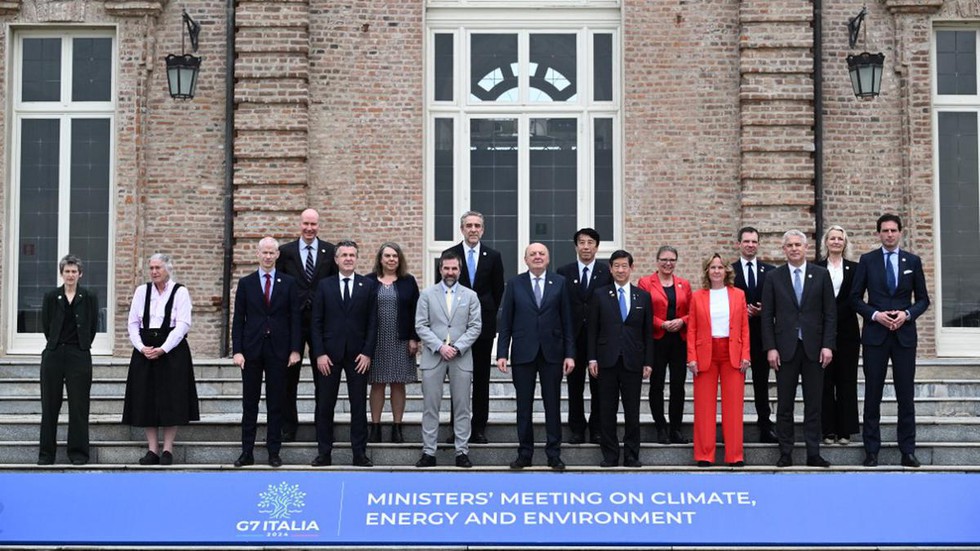
About G7:
- It is an intergovernmental organisationof leading industrialised nations formed in 1975. It meets annually to discuss issues such as global economic governance, international security, and energy policy.
- Member countries:Canada, France, Germany, Italy, Japan, the United Kingdom and the United State. Apart from the 7 member countries, the European Union (EU) has also participated fully in the G7 since 1981 as a “non-enumerated” member.
- Presidency: The host of the G7 summit, also known as the presidency, rotates annually among member countries. It was formerly referred to as the G-8 until Russia was suspended from the group in 2014 after annexing Crimea.
- Some of the key principles of the G7 include:
- Democracy: G7 countries promote democratic values and institutions, including free and fair elections, the rule of law, and the protection of individual rights and freedoms.
- Human rights: They support the protection and promotion of human rights around the world, including civil, political, economic, social, and cultural rights.
- Free and fair trade: They are committed to promoting international trade and investment based on open, transparent, and non-discriminatory rules.
- Environmental protection: They are committed to reducing greenhouse gas emissions, protecting biodiversity, and addressing other environmental challenges.
- Peace and security: They are committed to promoting international peace and security, and to preventing and resolving conflicts through diplomatic means.
8. Global Leaders Group on Antimicrobial Resistance

About Global Leaders Group on Antimicrobial Resistance:
- It consists of world leaders and experts from across sectors working together to accelerate political action on antimicrobial resistance (AMR).
- It performs an independent global advisory and advocacy role and works to maintain urgency, public support, political momentum and visibility of the AMR challenge on the global health and development agenda.
- Background:
- It was established in November 2020 following the recommendation of the Interagency Coordination Group (IACG) on Antimicrobial Resistance to strengthen global political momentum and leadership on AMR.
- The inaugural meeting of the Group took place in January 2021.
- Secretariat: The Quadripartite Joint Secretariat (QJS) on Antimicrobial Resistance, a joint effort by the Food and Agriculture Organization of the United Nations (FAO), the United Nations Environment Programme (UNEP), the World Health Organization (WHO) and the World Organisation for Animal Health (WOAH) provide secretariat support for the Group.
What is antimicrobial resistance (AMR)?
- It is the ability of bacteria and other microbes to resist the drugs used to inhibit or kill them.
- These microbes are sometimes referred to as ‘superbugs’ and are responsible for causing drug-resistant infections that are difficult to treat.
- Causes of AMR:
- AMR is a naturally occurring phenomenon, the main cause of resistance to antimicrobials is antimicrobial drug use.
- Current high usage of antimicrobial drugs in humans, animals and plants is leading to a concerning rise in drug-resistance and making infections harder to treat.
9. IMF's Stand-By Arrangement
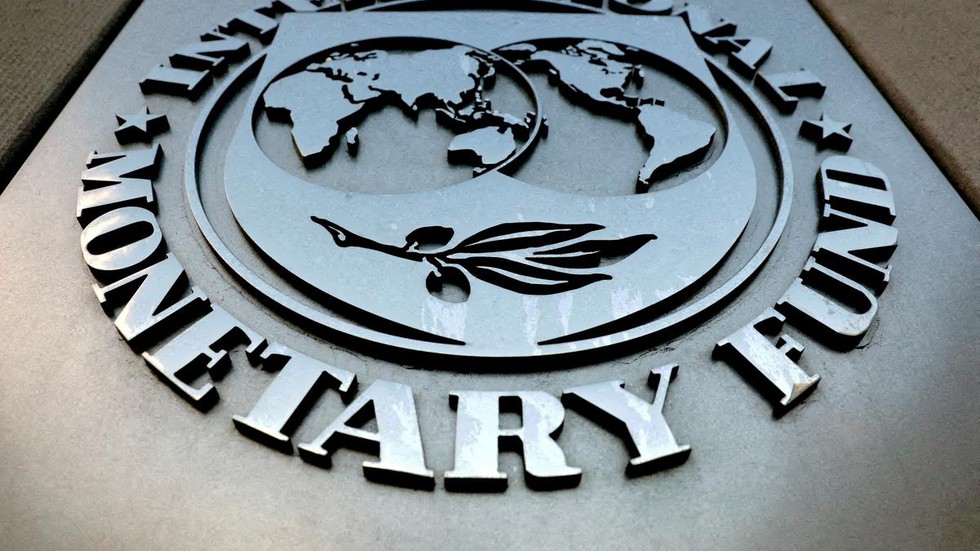
About IMF's Stand-By Arrangement:
- It provides short-term financial assistance to countries facing balance of payments problems. Historically, it has been the IMF lending instrument most used by advanced and emerging market countries.
- Eligibility: All member countries facing actual or potential external financing needs. Most often used by advanced and emerging market countries, but low-income countries sometimes use the SBA together with the Standby Credit Facility (SCF).
- Conditionality
- Countries’ economic policies must address the problems that led the country to seek funding.
- Disbursements conditional on the observance of quantitative performance criteria.
- Progress in implementing structural measures that are critical to achieving the objectives of the program is assessed in a holistic way, including via benchmarks.
- Duration of the assistance: Typically covers a period of 12–24 months, but not more than 36 months.
Key facts about IMF:
- It fosters economic growth and employment by providing temporary financial assistance to countries to help ease the balance of payments adjustment and technical assistance.
- Foundation: Formed in 1944 at the Bretton Woods Conference with the goal of reconstructing the international monetary system.
- Important Reports:World Economic Outlook and Global Financial Stability Report
- Headquarters: Washington, DC, USA.
10. TacticAI

About TacticAI:
- It is an AI system that can provide experts with tactical insights, particularly on corner kicks (football), through predictive and generative AI. It can be used by football team managers as an assistant for tactics. It is developed by Google’s DeepMind.
- It has been incorporated both a predictive and generative component to allow coaches to effectively sample and explore alternative player setups for each corner kick and to select those with the highest predicted likelihood of success.
Why specifically corners?
- Corner kicks are apt for strategising by leveraging AI tools, primarily because they are moments when the game is effectively frozen — and always starts from the same kind of position at the corner of the pitch while giving players an immediate opportunity to score.
- Strategies for corners are usually also decided long before the players actually go on to the pitch, so that there is no confusion on match day.
- For every corner kick, AI can help- 1) understand what will happen and what happened; and 2) how to adjust tactics to make a particular outcome happen.
- What is a corner shot in football? A corner is awarded when the ball passes over the goal line after touching a player of the defending team.


























































































































































.png)
.png)
.png)
.png)
.png)


.png)
.png)
.png)





.png)
.png)






.png)
.png)
.png)
.png)
.png)
.png)
.png)
.png)
.png)

.png)







.png)
.png)


.png)
.png)
.png)


.png)

.png)
.png)





.jpg)

.png)
.png)


.png)

.png)
.png)
.png)

.jpg)

.jpg)


.png)

.png)
.png)
.png)
.png)
.png)
.png)
.png)
.png)
.png)
.png)




.png)

.png)





.png)
.png)
.png)
.png)
.png)
.png)
.png)
.png)
.png)
.png)
.jpg)
.jpg)

.png)
.png)
.png)
.png)
.png)
.png)
.png)
.png)
.png)
.png)
.png)
.png)
.png)
.png)
.png)
.png)
.png)
.png)
.png)
.png)
.png)
.png)



.png)
.png)

.jpg)
.jpg)


.jpg)
.jpg)
.jpg)
.jpg)
.jpg)

.jpg)








.jpg)
.jpg)
.jpg)
.jpg)
.jpg)

















.jpg)
.jpg)







.jpg)


















.jpg)
.jpg)






























































































.jpg)
.jpg)


























.jpg)

.jpg)










.jpg)








.jpg)




.jpg)










.jpg)


















.jpg)












































.jpg)














.jpg)
.jpg)
.jpg)





.jpg)

.jpg)
.jpg)





































































.jpg)


































.jpg)
.jpg)
















































.jpg)












.jpg)


.jpg)




.jpg)
.jpg)
.jpg)

.jpg)
.jpg)
.jpg)
.jpg)

.jpg)
.jpg)
.jpg)

.jpg)
.jpg)
.jpg)
.jpg)
.jpg)
.jpg)
.jpg)
.jpg)

.jpg)


.jpg)
.jpg)
.jpg)
.jpg)
.jpg)
.jpg)
.jpg)
.jpg)
.jpg)
.jpg)











.jpg)
.jpg)





.jpg)
.jpg)
.jpg)
























.jpg)
























.jpg)









.jpg)
.jpg)







.jpg)
.jpg)









































.jpg)
.jpg)
.jpg)
.jpg)
.jpg)

.jpg)
.jpg)
.jpg)
.jpg)
.jpg)


.jpg)
.jpg)
.jpg)
.jpg)
.jpg)

.jpg)
.jpg)
.jpg)
.jpg)
.jpg)
.jpg)
.jpg)
.jpg)
.jpg)
.jpg)
.png)

.png)
.png)

.png)
.png)
.png)
.png)


.jpg)
.jpg)

.jpg)
.jpg)
.jpg)

.png)
.png)
.png)
.png)
.png)
.png)
.png)

.png)
.png)
.png)
.png)
.png)
.png)
.png)
.png)
.png)
.png)





































































-min.png)



.png)




.png)








































